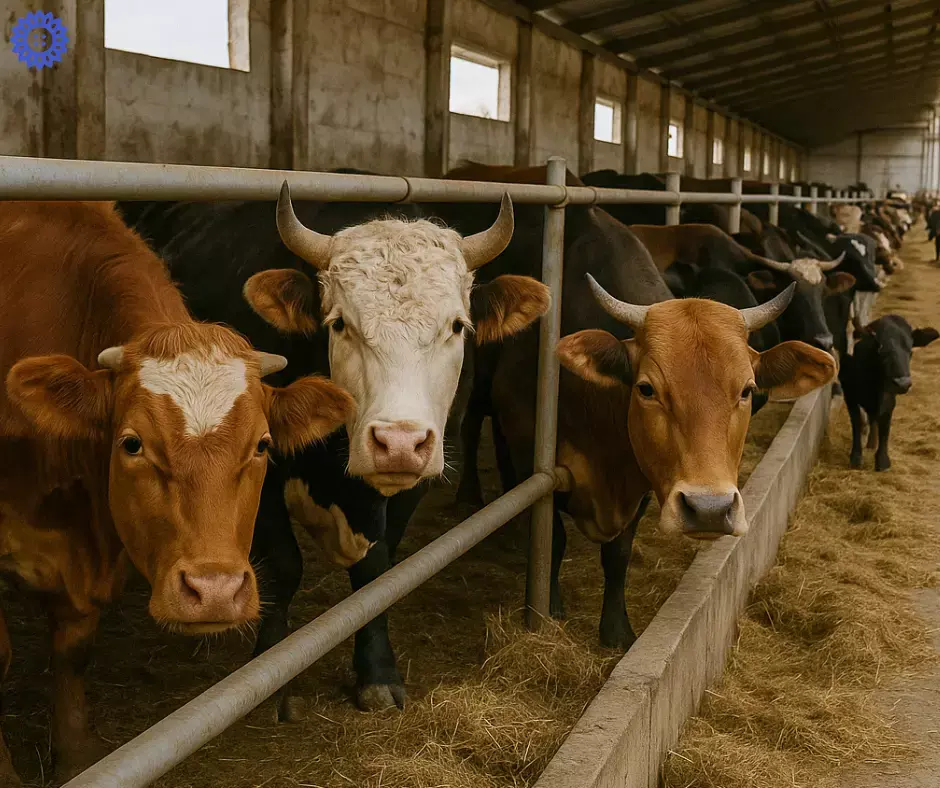22.04.2025, 13:21
Kazakhstan Reforms Livestock Subsidy System
Preferential credit products at 5% interest are being developed for feedlots, processors, and breeding farms

At a meeting of the Public Council under the Ministry of Agriculture of Kazakhstan, the prospects for transitioning to a new model of state support for livestock farming were discussed. The key goal is to increase the effectiveness of subsidies and eliminate systemic risks, including corruption.
The event was attended by the Minister of Agriculture Aidarbek Saparov, Chairman of the Public Council Gennady Zenchenko, as well as representatives of relevant departments and the expert community. According to the ministry, in 2024, the index of physical volume of gross livestock production reached 103.6%. However, the agency emphasizes that these results are not a reason to slow down the transformation of the sector.
The focus remains on the objectives set by the President and the Government, which must take into account the opinions of farmers themselves. Deputy Minister Amangali Berdalin presented the main provisions of the new subsidy model, which will replace the current mechanism of support for breeding work. The current system has been recognized as ineffective and vulnerable to corruption risks.
Among the key innovations is the increase in subsidy standards for beef cattle when bulls are transferred to feedlots and meat processing enterprises. This measure is aimed at stimulating commercial production and improving the breed characteristics of livestock. It is also planned to compensate the costs of raising pedigree young animals. According to ministry representatives, this approach will ease the workload for farms when working with information systems and procuring necessary materials, including semen and artificial insemination services.
Special attention is being paid to the seasonal delivery of young rams for fattening during the winter-spring period. This measure will help smooth production cycles and ensure a stable supply of products on the market. In addition, support will be directed to the development of breeding sheep farming, including fine-wool production, through partial compensation of costs and reduction of wool processing prices.
As part of the reform, new credit instruments with a fixed rate of up to 5% per annum have been developed. They will be available to feedlot farms, processing enterprises, and pedigree farms acquiring cattle and small ruminants.
According to Gennady Zenchenko, state support must be clearly linked to actual production results, not just the formal presence of livestock. In his opinion, such a model will encourage businesses to take responsibility for the sector's development and strive for tangible results.
The presented initiatives received support from council members and will be submitted for further discussion with the participation of agricultural businesses and independent experts. The Ministry of Agriculture emphasizes that the implementation of the proposed measures will lay the foundation for increased transparency and sustainability in the country's livestock sector.
Key Takeaways:
• Linking subsidies to actual production rather than livestock headcount is being discussed as a means to improve efficiency and reduce corruption risks.
• Increasing subsidies for bulls delivered to feedlots, seasonal ram fattening, and compensating costs for pedigree young stock are aimed at stimulating commercial livestock farming.
• Preferential credit products at 5% interest are being developed for feedlots, processors, and breeding farms.